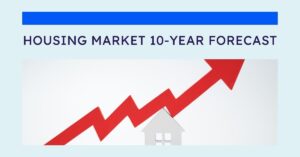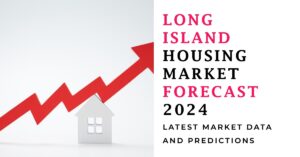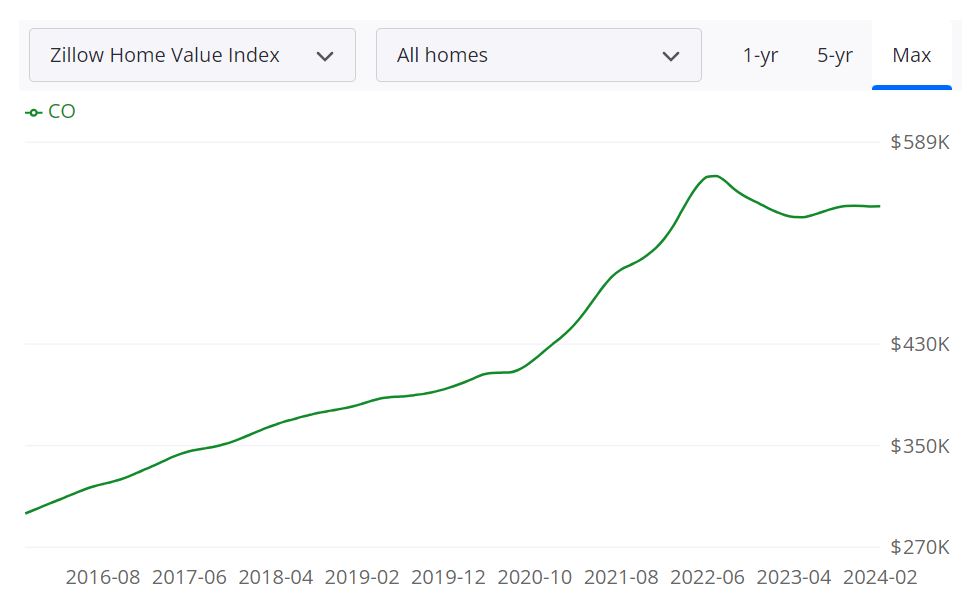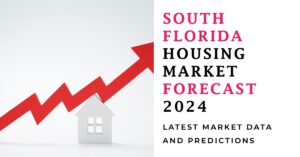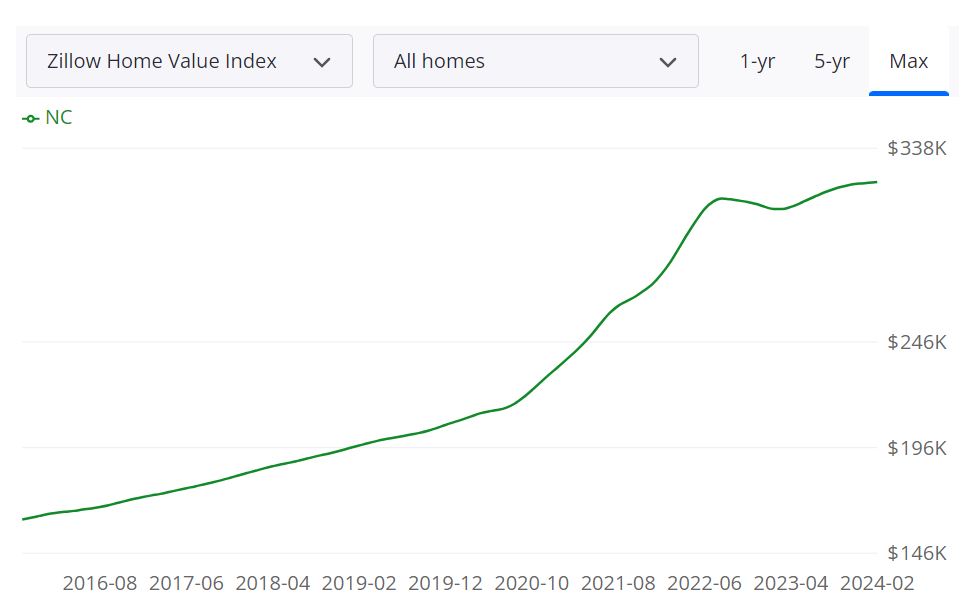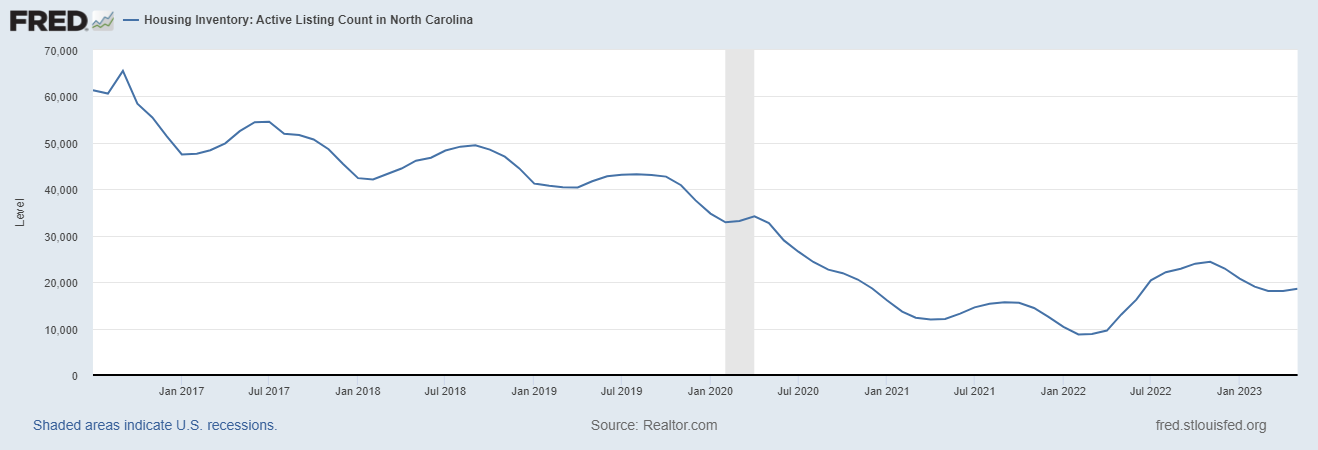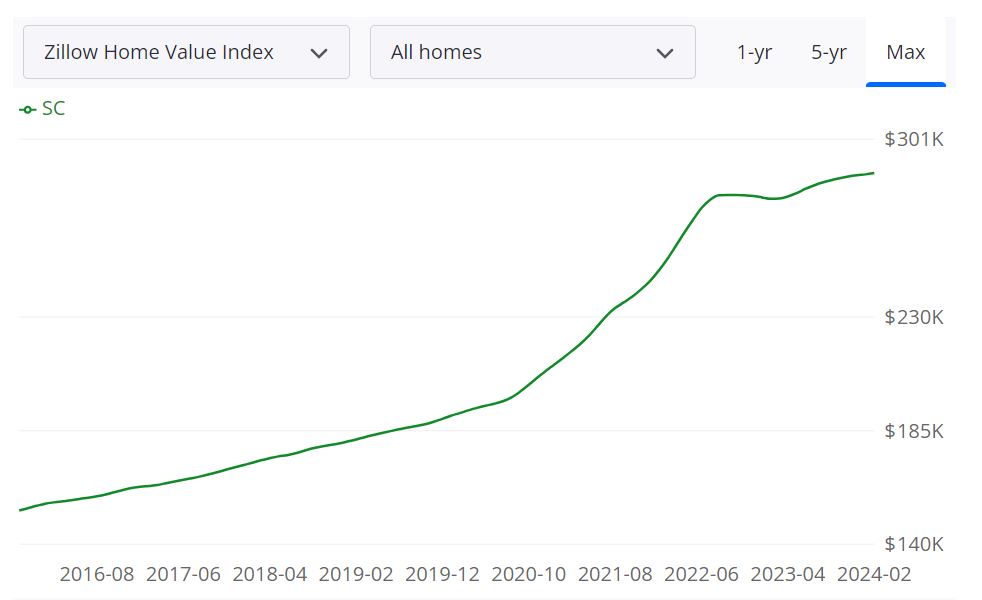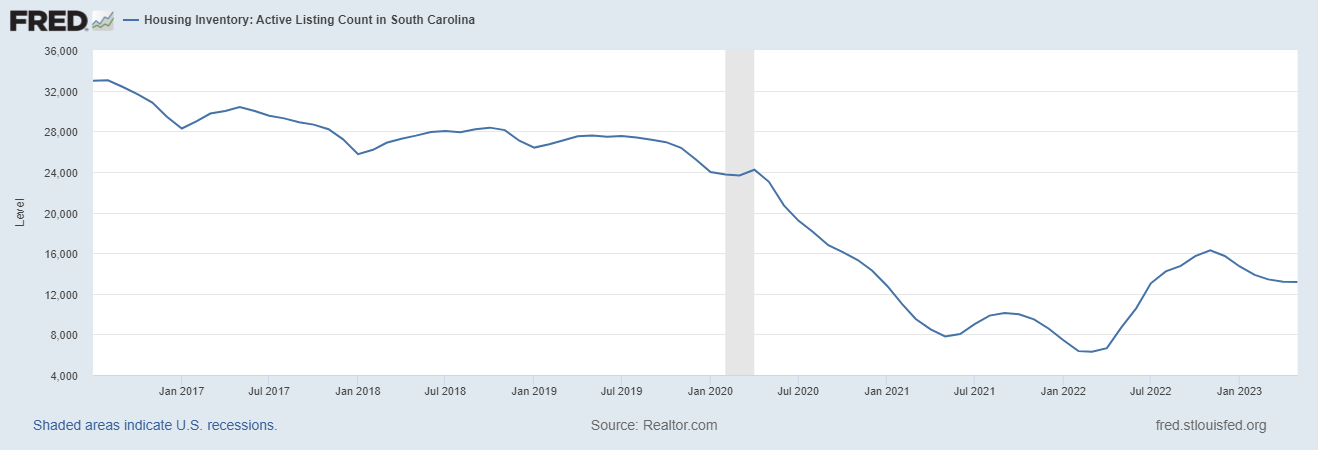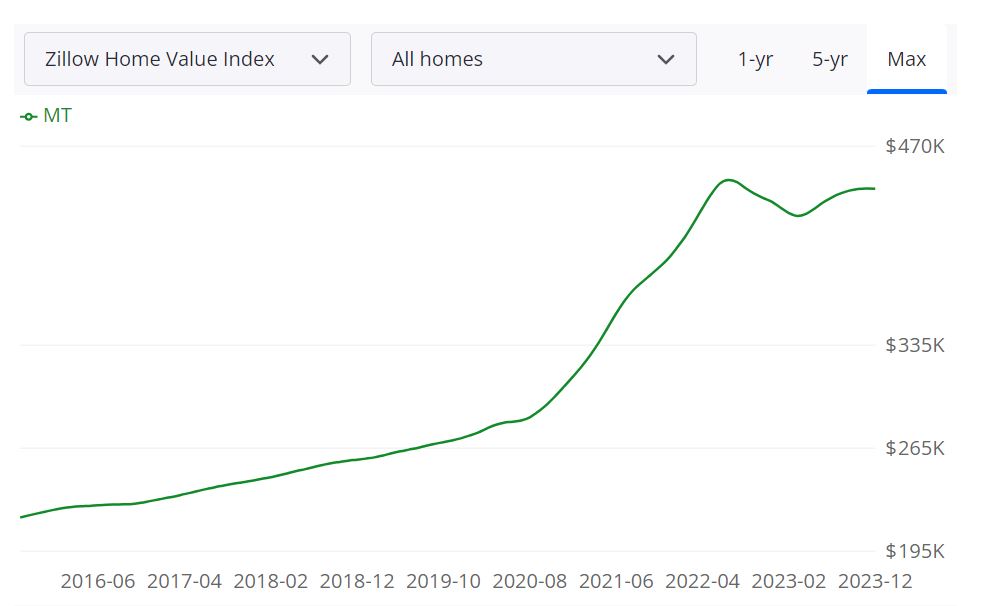The Southern California housing market continues to be robust in the last month, with prices showing steady appreciation. This can be attributed to several factors, including low inventory levels, high demand from buyers, and favorable economic conditions. Despite occasional fluctuations, the overall trajectory remains positive for investors and homeowners alike.
The State of the Southern California Housing Market: March 2024 Analysis
Median Sold Price
One of the key indicators of the housing market's health is the median sold price of existing single-family homes. According to the California Association of Realtors (C.A.R.), in March 2024, the median sold price for Southern California stood at $850,000, reflecting a 3.0% increase from February 2024. Comparing it to March 2023, the growth is even more significant, with a 11.1% rise. This upward trend in prices indicates strong demand in the region.
Sales
Alongside prices, sales figures provide valuable insights into market activity. In March 2024, sales in Southern California experienced a 19.1% month-over-month increase. However, compared to March 2023, there was a 7.8% decrease. While the year-over-year decline may raise eyebrows, it's essential to consider the broader context and long-term trends shaping the market.
Regional Housing Data for Southern California Counties
Let's delve into the regional data for various counties in Southern California, shedding light on the unique trends shaping each area.
Imperial County
- In Imperial County, the median sold price slightly decreased month-over-month, standing at $349,000. However, compared to the same period last year, there was a modest 0.5% increase. Sales activity experienced a significant 55.6% surge year-over-year, indicating growing interest in the region.
Los Angeles County
- Los Angeles County, known for its diverse neighborhoods and bustling city life, saw a median sold price of $805,100. While there was a slight month-over-month decrease, the year-over-year comparison reveals a notable 12.1% increase. Despite this, sales experienced a 10.2% decline compared to last year.
Orange County
- Orange County, renowned for its affluent communities and picturesque landscapes, boasted a median sold price of $1,400,000. This represents a 3.7% increase from the previous month and a 12.0% rise from last year. However, sales activity saw a 3.8% decrease compared to March 2023.
Riverside County
- In Riverside County, the median sold price stood at $640,000, with a 0.6% increase from the previous month. Year-over-year, prices rose by 4.6%. However, sales experienced an 8.8% decline compared to March 2023.
San Bernardino County
- San Bernardino County saw a significant month-over-month increase in median sold price, reaching $499,900. Year-over-year, prices rose by 5.2%. Sales activity, however, experienced a 1.5% decline compared to the previous year.
San Diego County
- San Diego County, known for its beautiful coastline and vibrant culture, recorded a median sold price of $1,020,000. Prices saw a 4.1% increase from the previous month and a 11.5% rise from last year. Sales, however, experienced a 7.1% decline year-over-year.
Ventura County
- Ventura County, with its stunning beaches and suburban charm, witnessed a median sold price of $918,040. This represents a 3.2% increase from the previous month and an 8.1% rise from last year. However, sales activity saw a significant 18.6% decline compared to March 2023.
Is Southern California a Buyer's or Seller's Housing Market?
With the median sold prices showing steady appreciation across most counties and low inventory levels, it's safe to say that the market leans toward sellers. Despite occasional fluctuations, the overall trend in home prices across Southern California counties indicates continued appreciation. While there may be slight month-to-month variations, the year-over-year comparisons consistently show price increases in most regions.
Is Now a Good Time to Buy a House in Southern California
For prospective homebuyers, the current lower mortgage rates present a compelling opportunity. Compared to last year, mortgage rates are indeed lower, making homeownership more affordable for many. Additionally, while home prices have appreciated, favorable financing conditions offset some of the affordability concerns. However, individual circumstances and long-term financial goals should also be considered when determining whether it's the right time to buy a house.
Southern California Housing Market Forecast: Will it Crash?
The forecast for the Southern California Housing Market for the year 2024 suggests a dynamic real estate landscape shaped by various factors. Rising interest rates will continue to influence the market, impacting both buyers and sellers. However, opportunities for growth and stability exist, with county-level variations providing unique market dynamics.
- Interest Rates and Market Behavior: The prevailing trend of rising interest rates will remain a central driver of the housing market. Buyers are expected to be more selective, while sellers may need to adapt to changing conditions. The cost of borrowing will play a pivotal role in shaping sales volume and affordability.
- County-Level Variations: Southern California's housing market is a diverse landscape, with county-specific dynamics. Price growth is anticipated, but the pace and magnitude will differ across regions. Buyers and sellers need to be aware of these variations and adjust their strategies accordingly.
- Adaptation and Resilience: As we look ahead to 2024-2025, the key to success in the Southern California housing market lies in adaptation. Buyers, sellers, and real estate professionals should consider creative financing options and effective marketing strategies. Resilience and flexibility will be essential in navigating the evolving market.
- Economic Factors: Economic indicators, such as interest rates and employment rates, play a crucial role in shaping the housing market. The recent increase in interest rates might have initially impacted sales but could stabilize in the coming months. As economic conditions improve, and with the potential moderation of interest rates, buying sentiments may improve, giving the market a boost towards the end of the year.
Considering these trends and factors, the Southern California housing market is expected to maintain a relatively stable trajectory for the rest of 2024. Moderate price increases, steady sales, potential improvement in inventory, and favorable economic conditions are likely to define the market in the upcoming months.
However, it's essential to remember that real estate markets can be influenced by various unpredictable factors. Hence, regular monitoring of market updates and consulting with real estate professionals for the latest insights is highly recommended for those looking to make informed decisions in the housing market.
ALSO READ:
Bay Area Housing Market Prices & Forecast
Los Angeles Real Estate Marke Prices And Forecast
San Diego Real Estate Market Forecast
Sacramento Real Estate Market Prices & Forecast
Sources:
- https://www.car.org/
- https://www.noradarealestate.com/blog/housing-market-predictions/

